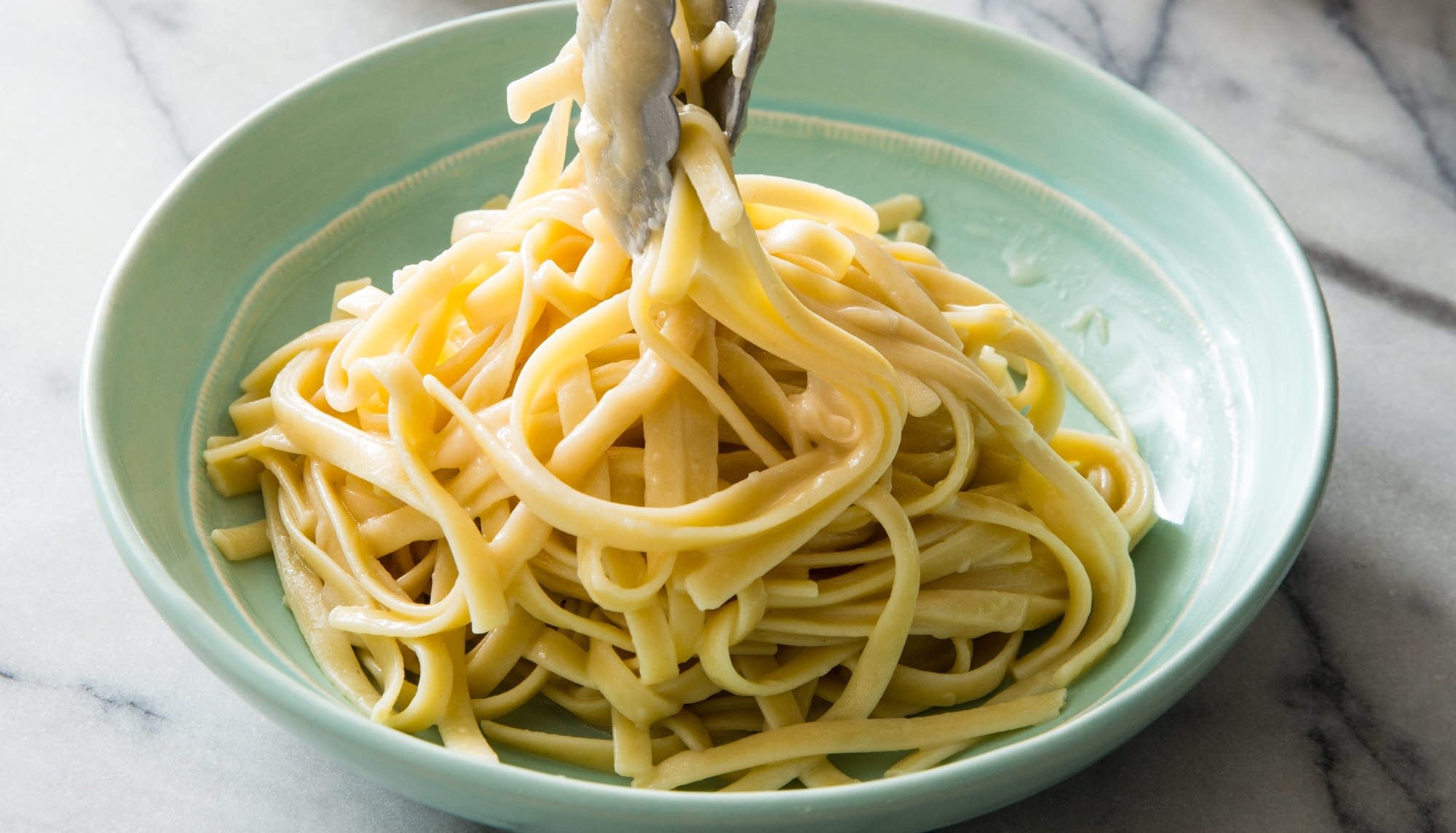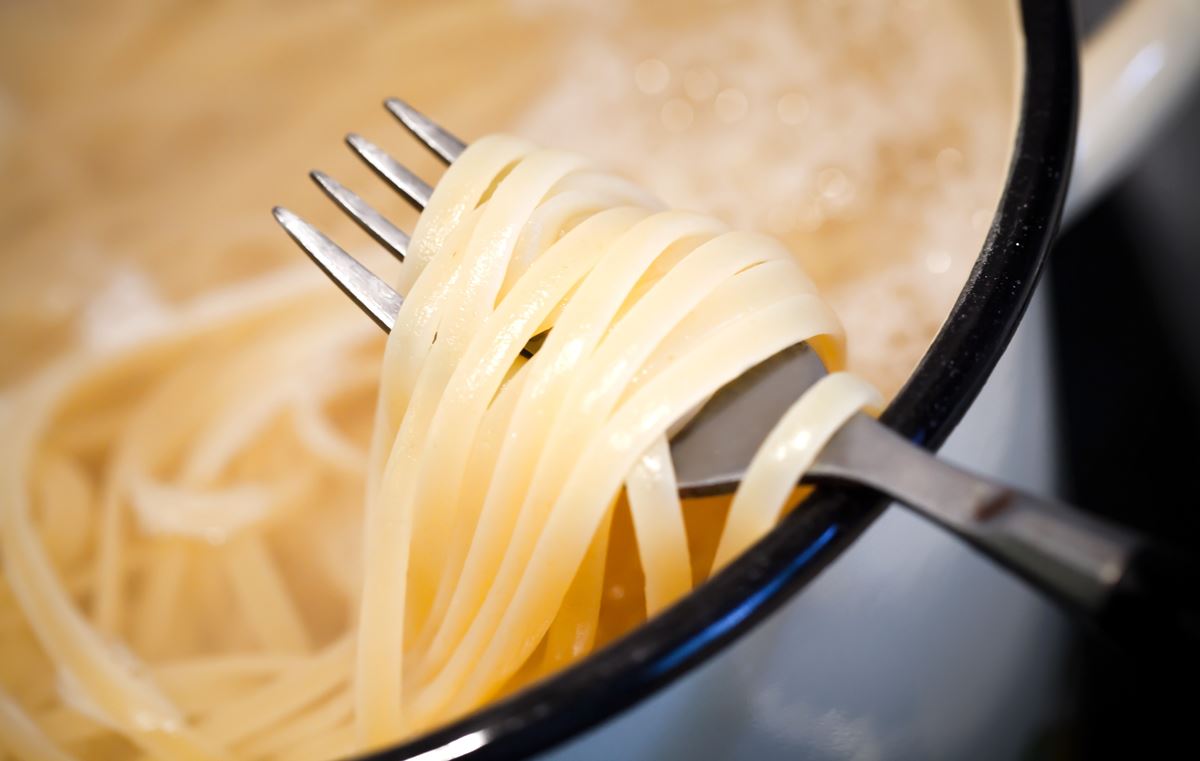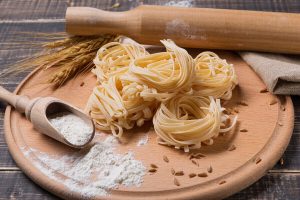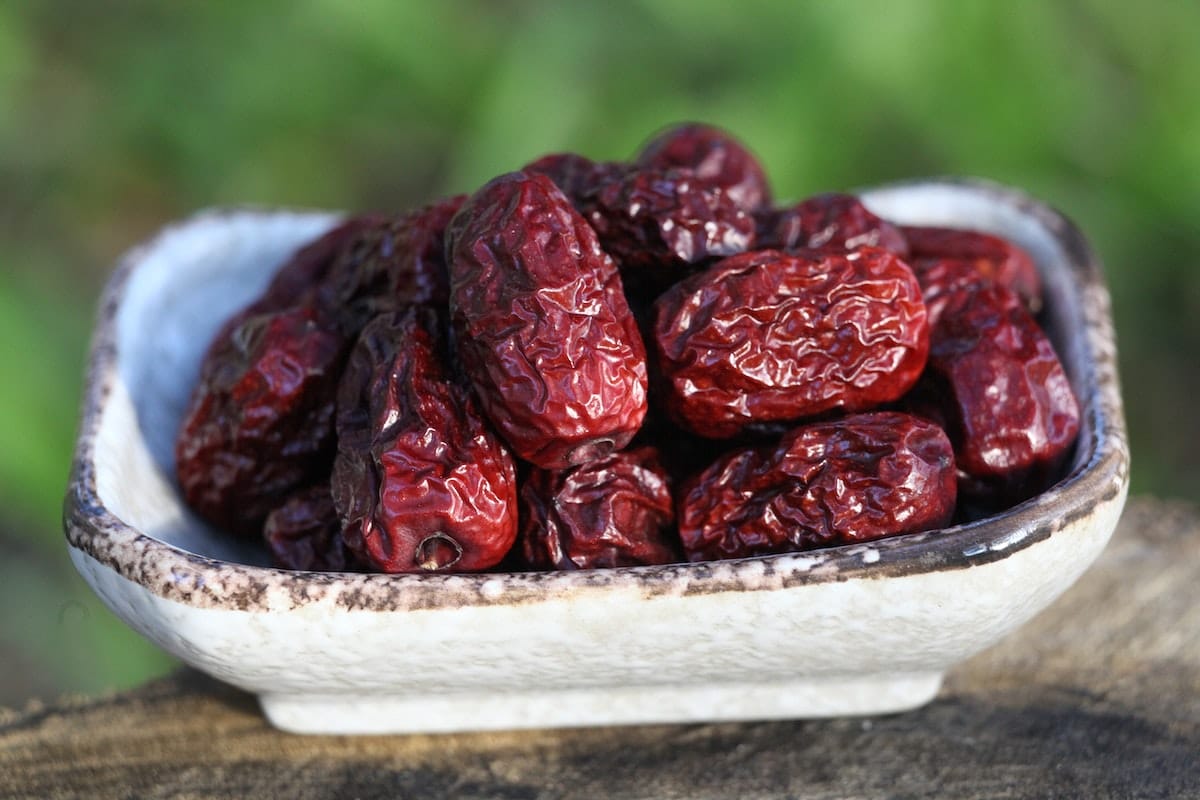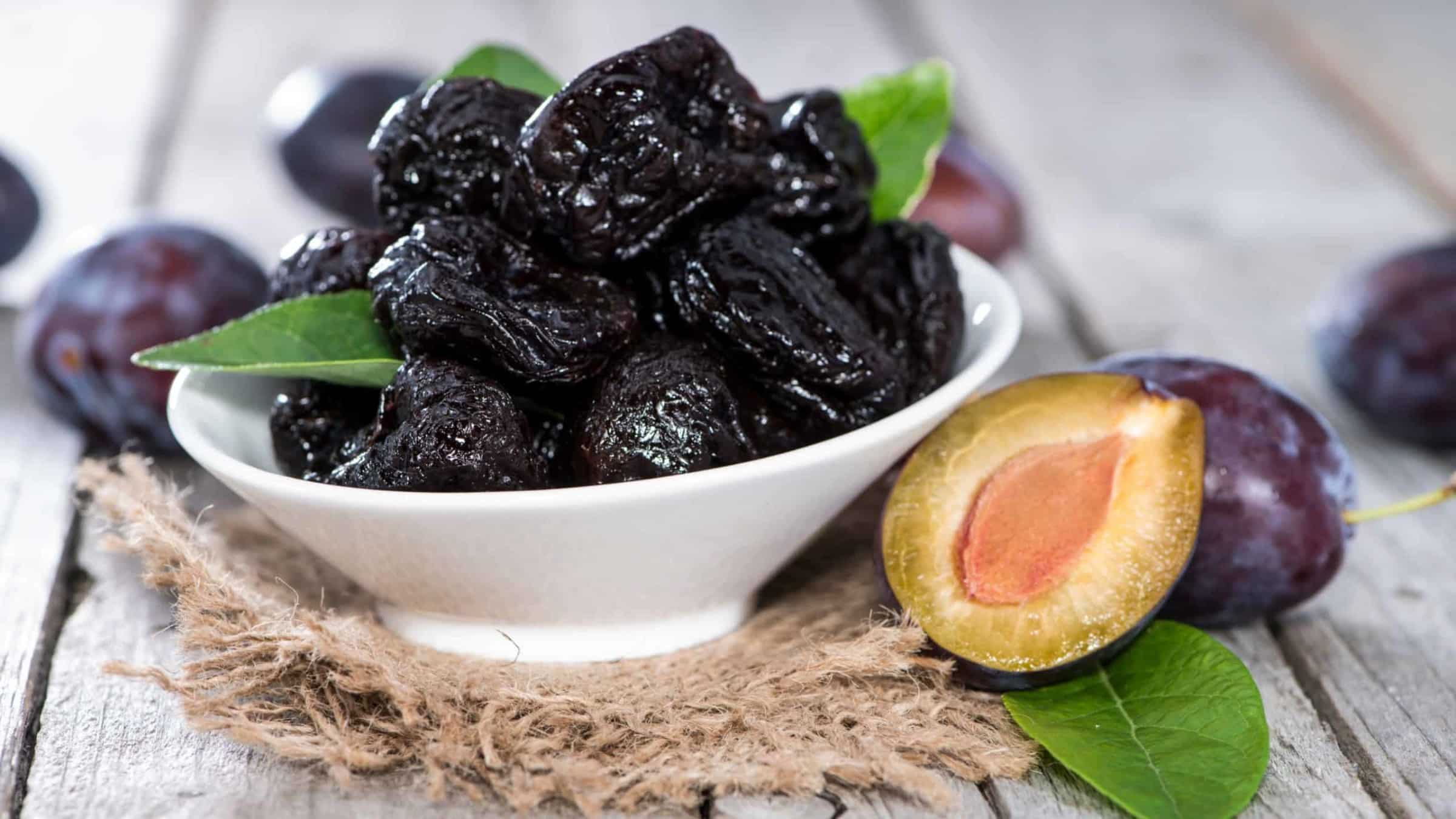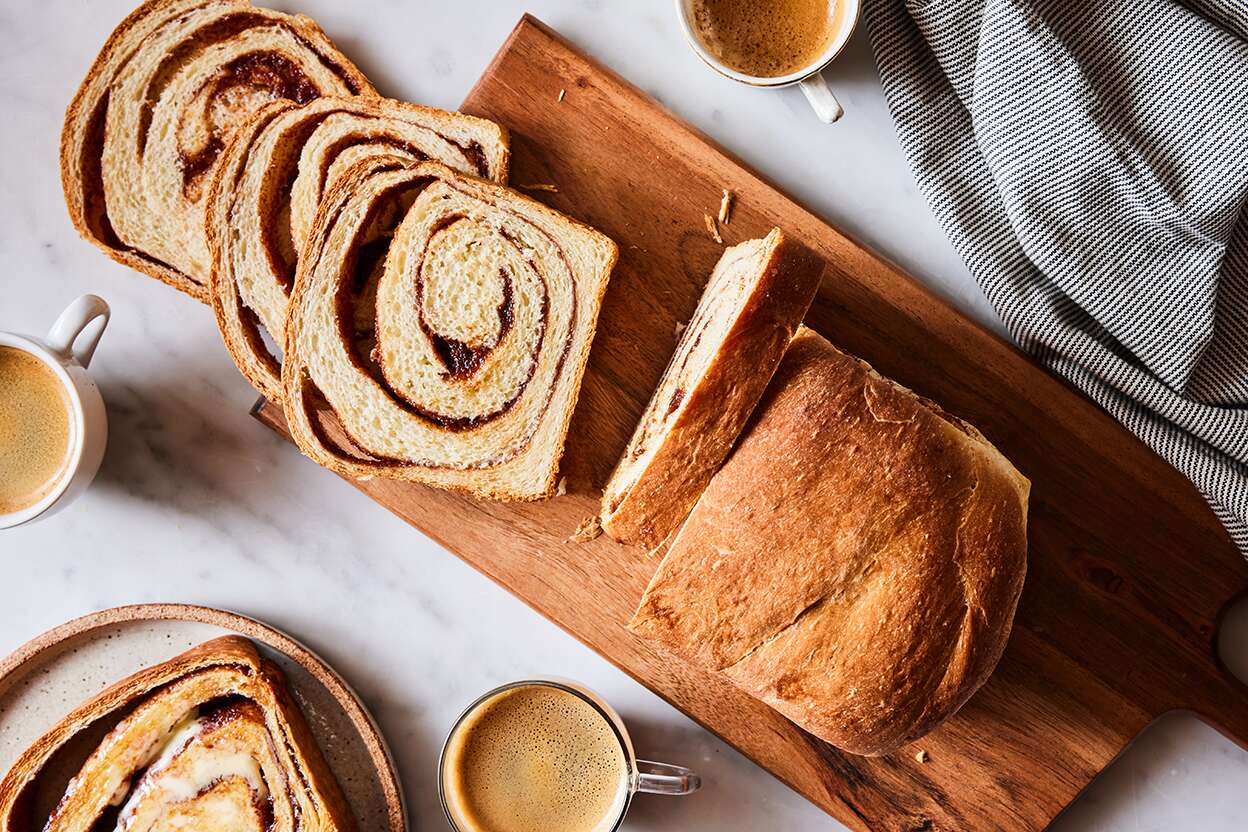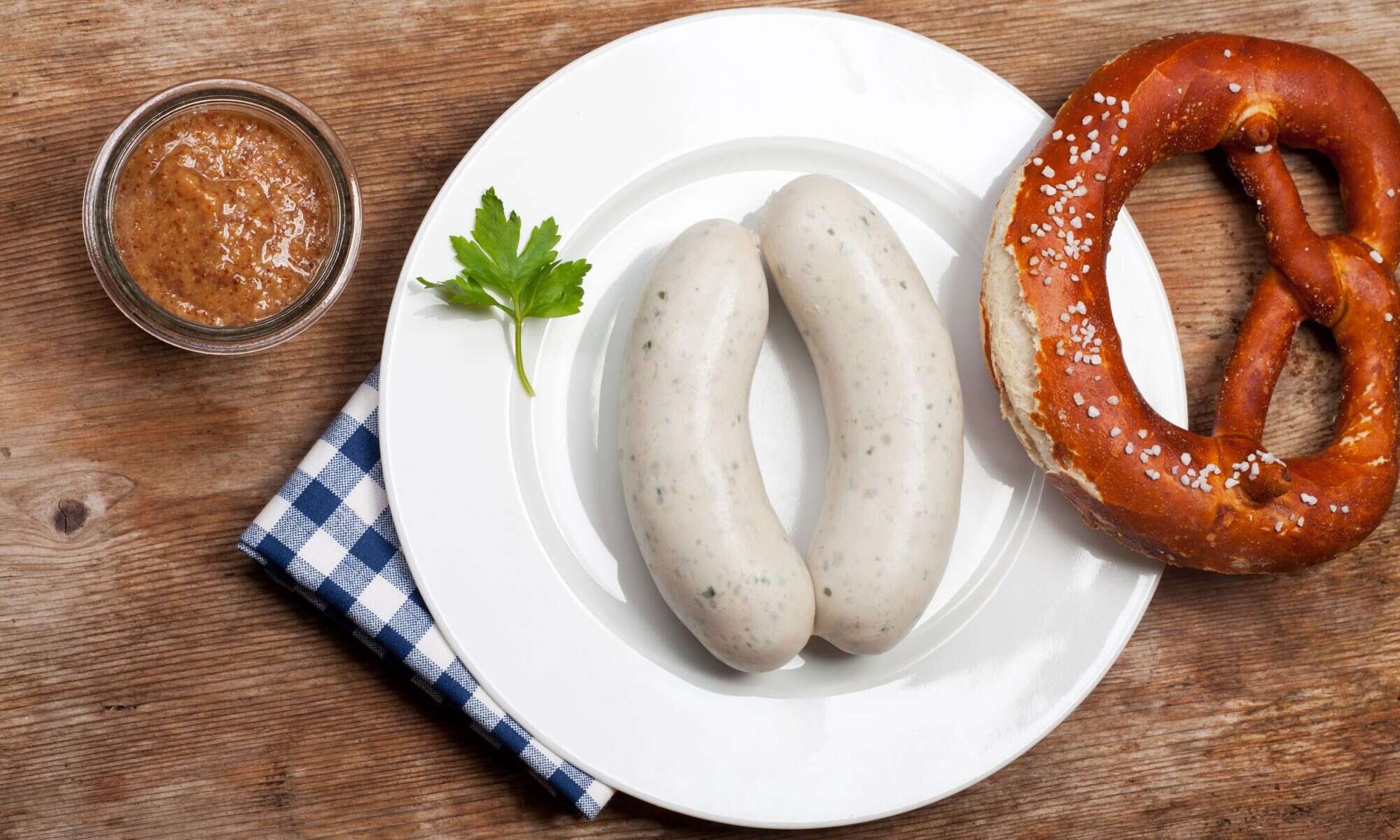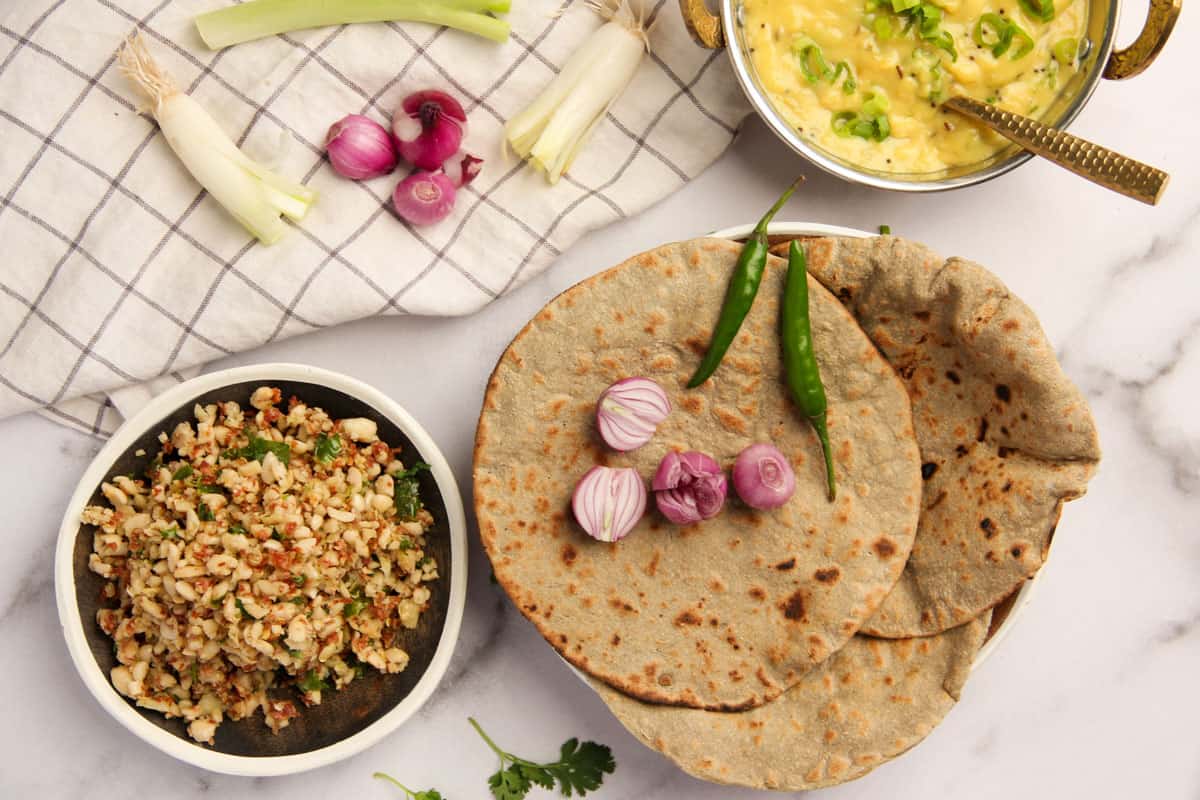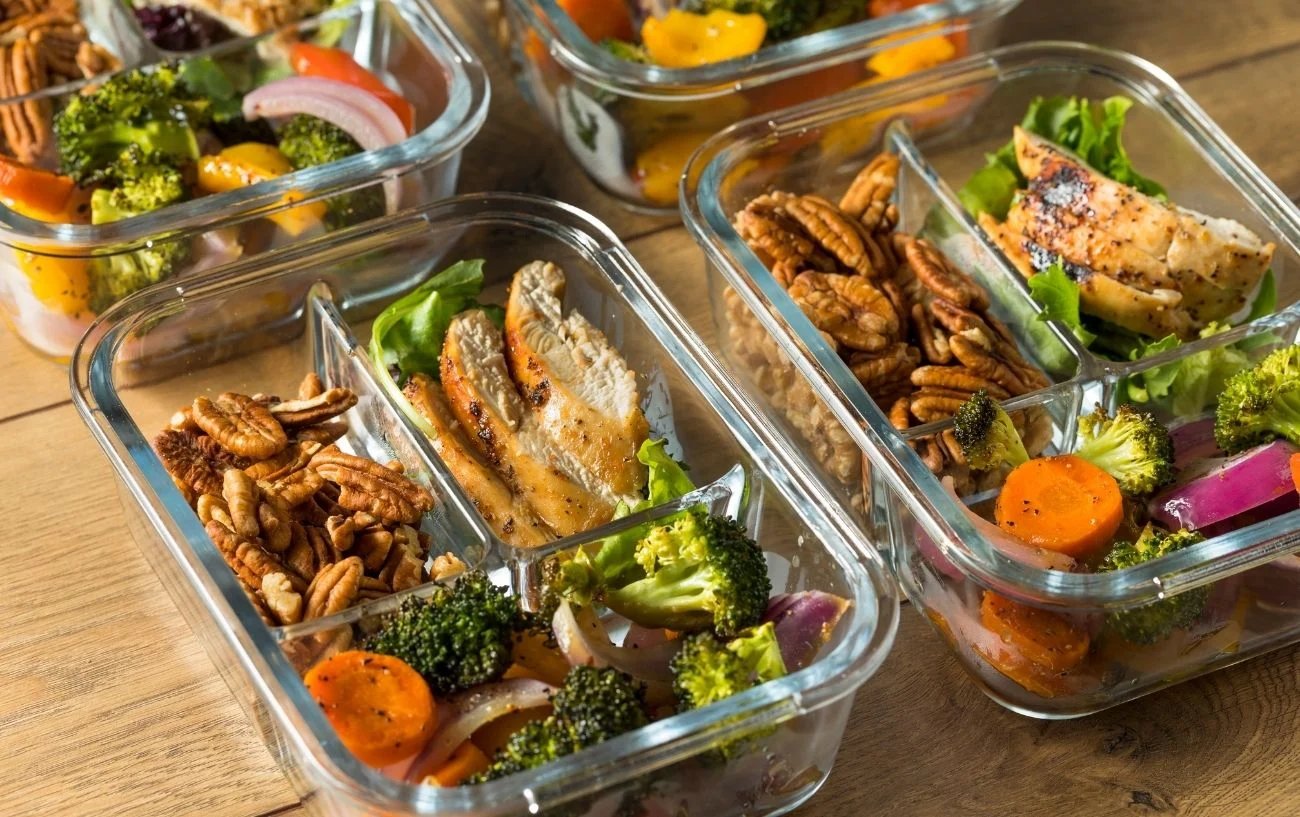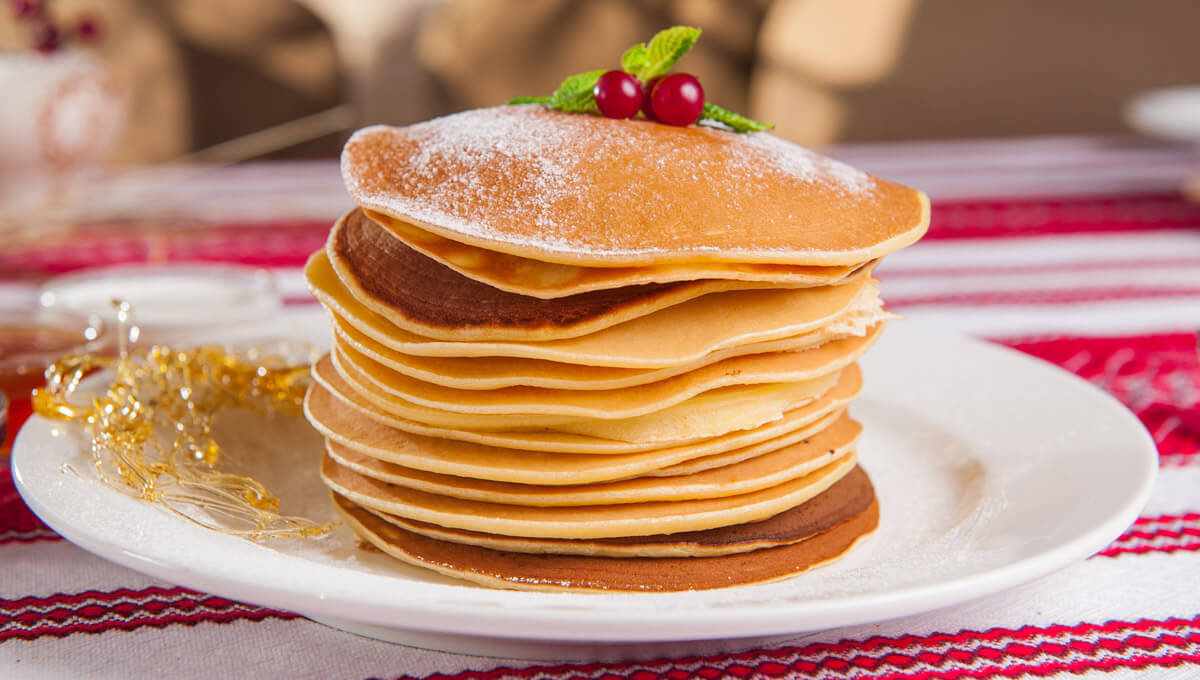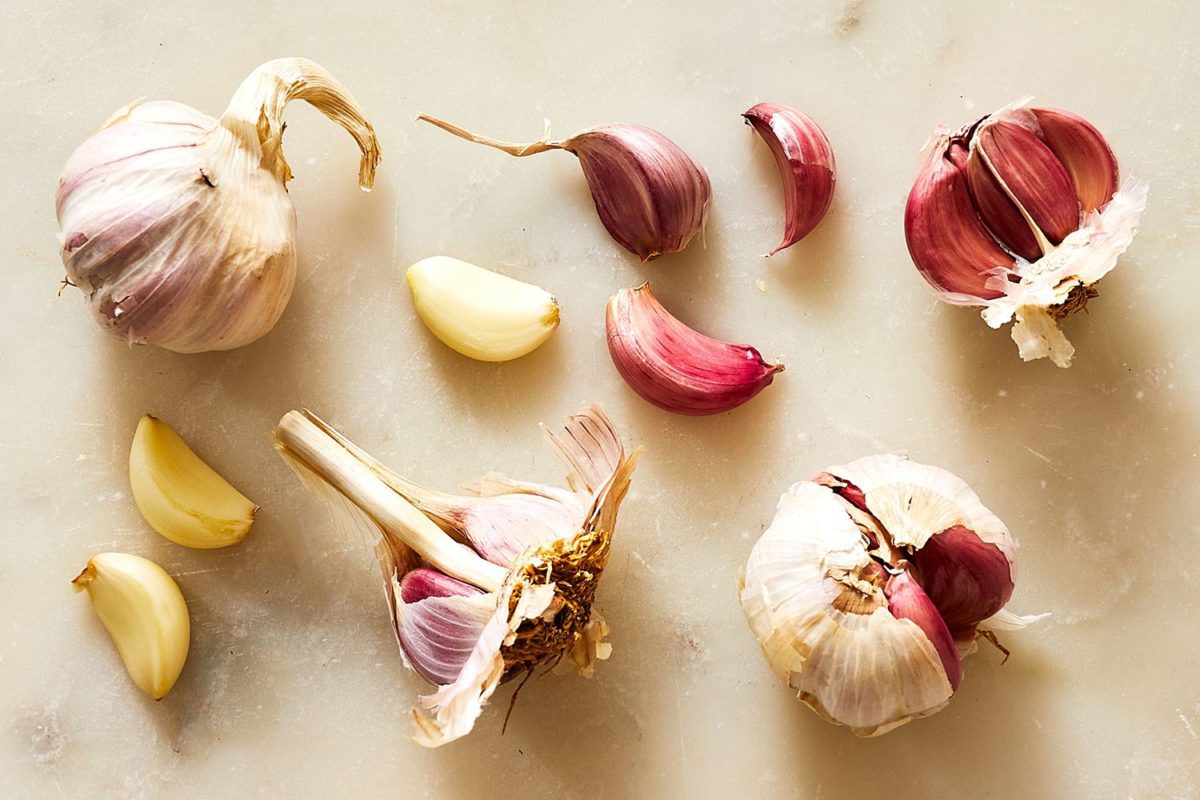Enjoying Fettuccine: A Guide to Eating and Savoring Every Bite
Welcome to the wonderful world of fettuccine! This classic Italian pasta is a favorite for many, and for good reason. Its long, flat shape and silky texture make it a delight to eat, and it pairs perfectly with a variety of sauces and toppings. Whether you’re a fettuccine aficionado or trying it for the first time, here’s a guide to help you eat and savor every delicious bite.
Preparing Your Fettuccine
Before you can enjoy your fettuccine, you’ll need to prepare it. Here’s a simple guide to cooking perfect fettuccine:
- Fill a large pot with water and bring it to a rolling boil.
- Add a generous pinch of salt to the boiling water.
- Gently add the fettuccine to the pot, stirring to prevent it from sticking together.
- Cook the fettuccine for 8-10 minutes, or until it is al dente.
- Once cooked, drain the fettuccine and toss it with a small amount of olive oil to prevent it from sticking.
Choosing the Perfect Sauce
One of the best things about fettuccine is its versatility when it comes to sauces. Here are some classic options to consider:
- Alfredo: A rich and creamy sauce made with butter, heavy cream, and Parmesan cheese.
- Pesto: A vibrant and flavorful sauce made with fresh basil, pine nuts, garlic, and olive oil.
- Marinara: A classic tomato-based sauce with garlic, onions, and herbs.
- Carbonara: A decadent sauce made with eggs, cheese, pancetta, and black pepper.
Eating and Savoring Your Fettuccine
Now that your fettuccine is cooked and dressed with a delicious sauce, it’s time to savor every mouthful. Here are some tips for enjoying your fettuccine:
- Use a fork to twirl a small amount of fettuccine around the tines, creating a neat bundle.
- Bring the fork to your mouth and savor the flavors of the pasta and sauce.
- Take your time and enjoy the textures and flavors as you eat.
- Pair your fettuccine with a glass of your favorite wine or a refreshing salad for a complete dining experience.
Experimenting with Toppings
While fettuccine is delicious on its own, you can take your dining experience to the next level by adding some tasty toppings. Here are a few ideas to consider:
- Grilled Chicken: Add some protein to your meal with tender, grilled chicken slices.
- Sautéed Vegetables: Enhance the flavor and texture of your fettuccine with a colorful mix of sautéed vegetables.
- Shrimp: For a touch of elegance, consider topping your fettuccine with succulent, seasoned shrimp.
- Mushrooms: Earthy and savory, mushrooms make a delightful addition to fettuccine.
Conclusion
Whether you’re enjoying fettuccine at a restaurant or preparing it at home, these tips will help you make the most of this beloved pasta. From choosing the perfect sauce to savoring each bite, eating fettuccine is an experience to be enjoyed and savored. So, grab a fork, twirl up some fettuccine, and indulge in the delicious flavors of this classic Italian pasta!
